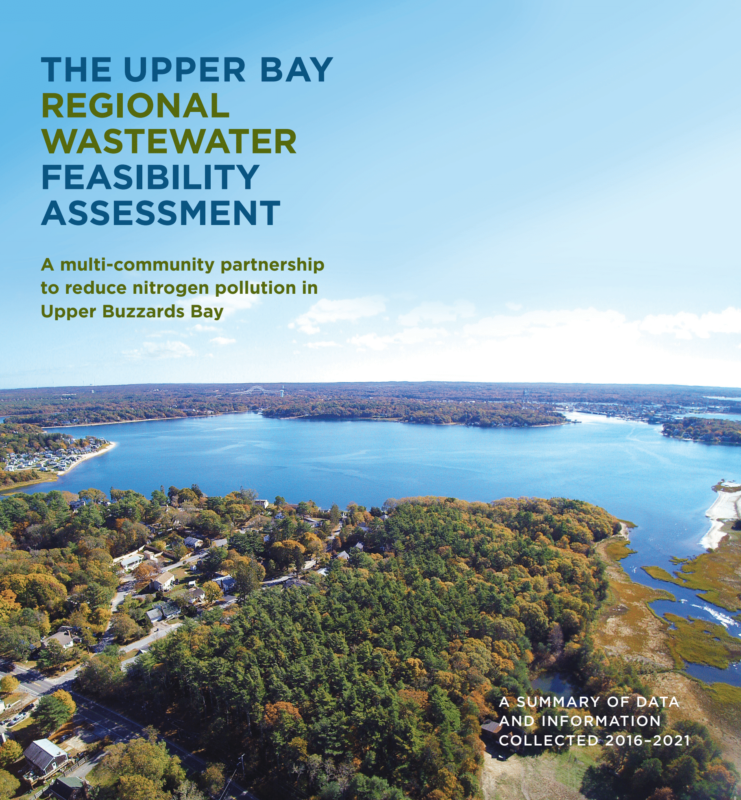Clean water is imperative to how we all live our lives and why many of us choose to live on Buzzards Bay. The Upper Bay Project will reduce nitrogen pollution in upper Buzzards Bay, helping to protect and improve the quality of the coastal environment that we cherish.
About the Upper Bay Project
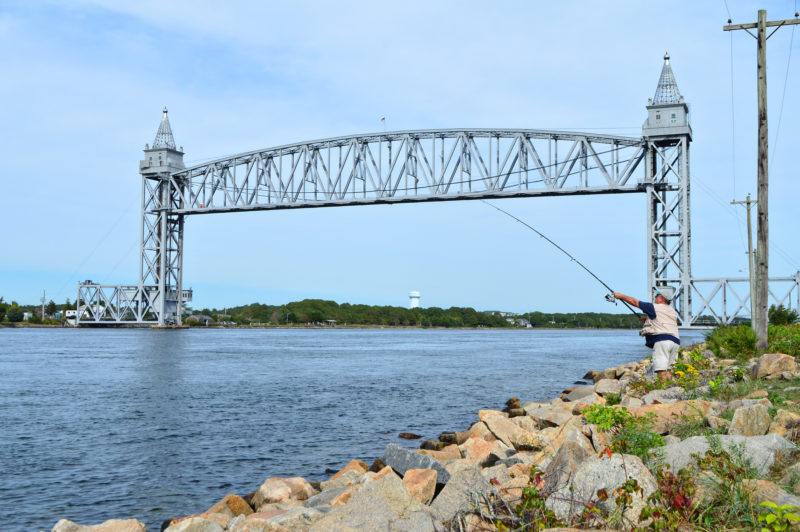
A fisherman casting at the Tidal Flats Recreation Area on the Cape Cod Canal.
The development of this project has taken place over at least the past five years. It has involved a deepening partnership with municipal officials in Bourne, Marion, Plymouth, and Wareham, leadership at the Massachusetts Maritime Academy, as well as environmental studies by scientists and feasibility assessments by engineering firms. The U.S. Environmental Protection Agency (EPA) has invested nearly $1 million in grants for the development of the project in recognition of its significant pollution reduction potential.
The goal is to create an effective and cost-effective way for the towns of upper Buzzards Bay to reduce nitrogen pollution to the Bay through coordination and cooperation.
The details of the proposed project will be shared and discussed in the near future in each of the participating towns. This website offers a short overview of the effort—background on the dangers of nitrogen pollution, the benefits of developing a long-term solution to our shared wastewater treatment challenges, and how and why it came into being. Most important, you will find links to the scientific studies and assessments that have been conducted and helped to shape the effort.
The Impact of Nitrogen Pollution
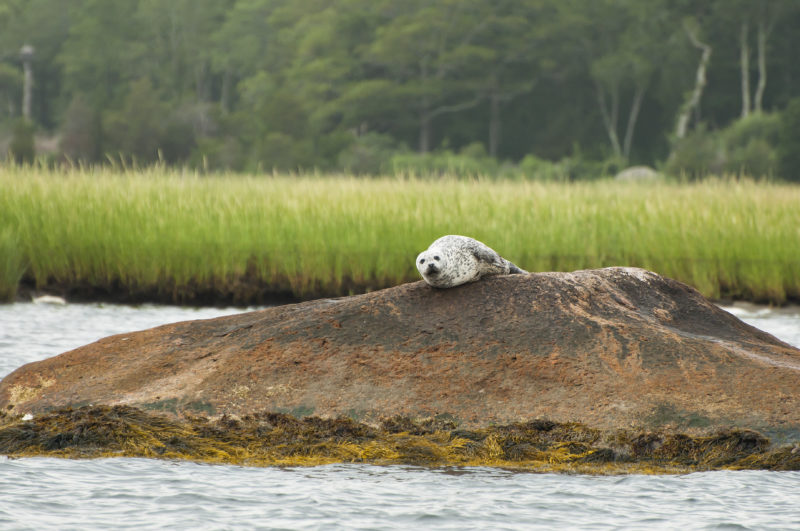 Poorly treated wastewater brings high levels of nitrogen into our water ways. Nitrogen causes algae to grow, which then blocks out light that ocean plants need to live. We may notice this as the water being increasingly murky with foul odors. When those plants die, the bacteria that eats them also consumes the oxygen. The fish and shellfish either leave because they need oxygen, or they die without it.
Poorly treated wastewater brings high levels of nitrogen into our water ways. Nitrogen causes algae to grow, which then blocks out light that ocean plants need to live. We may notice this as the water being increasingly murky with foul odors. When those plants die, the bacteria that eats them also consumes the oxygen. The fish and shellfish either leave because they need oxygen, or they die without it.
Brown, murky waters also shade eelgrass from needed sunlight. Eelgrass beds provide essential habitat for young fish and shellfish. This cycle is known as eutrophication. Nitrogen pollution in our shallow harbors and coves is already doing damage and disruption to the habitats. These shallow places serve as nursery beds for the fish. Further, we know from scientific studies that climate change exacerbates the problem by warming waters and lengthening growing seasons for the algae. Eelgrass and bay scallops are gone from many parts of Buzzards Bay because of nitrogen pollution.
Most of the nitrogen polluting the Bay comes from wastewater—individual septic systems that don’t treat for nitrogen and treatment plants that are not equipped to remove nitrogen before discharge and that have poorly located wastewater discharge sites. Standard “Title 5” septic systems are not designed to remove nitrogen and homes with these systems – which is most of us – are contributing to the problem.
The Upper Bay Project envisions a feasible and cost-effective coordinated alternative that would eliminate an estimated 90,000 lbs of nitrogen per year (or the equivalent of waste from approximately 10,000 homes) from the waters in upper Buzzards Bay.
How We Got Here
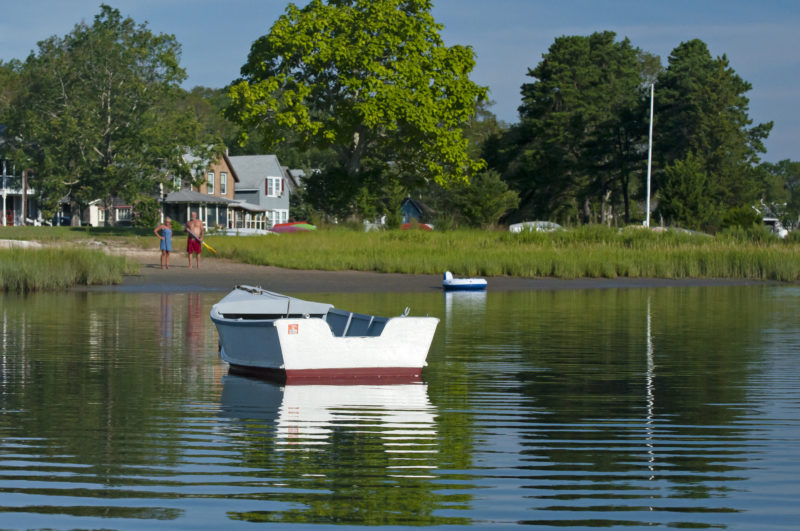 Bourne, Marion, Plymouth, and Wareham and Mass Maritime each face one or more challenges relating to wastewater management including:
Bourne, Marion, Plymouth, and Wareham and Mass Maritime each face one or more challenges relating to wastewater management including:
- Capacity of the system to service the number of households and businesses who need it
- Challenges to adequately treating the wastewater once it’s collected
- The need to clean up the pollution caused by inadequate sewer plants and septic systems in their waterways
The Buzzards Bay Coalition has worked closely with each of the towns, as well as Massachusetts Maritime Academy (MMA), to evaluate potential wastewater solutions to address treatment and capacity needs.
After careful research by the Woods Hole Oceanographic Institution (WHOI) and feasibility assessments with engineering partners including GHD and BETA Group, a regional wastewater treatment plant that includes relocating Wareham’s existing outfall is the most cost-effective and environmentally sound, long-term solution.
The regional wastewater treatment plant would be created by expanding Wareham’s state-of-the-art treatment facility to increase its capacity and relocating its outfall from the shallow Agawam River to MMA’s existing and well-flushed outfall location in the Cape Cod Canal.
A regional treatment plant and new outfall location would:
- Remove 90,000 lbs of nitrogen annually from our coastal waters. This is the equivalent of eliminating the waste from approximately 10,000 homes from flowing into our Bay!
- Eliminate the cost and spending redundancies that the towns would otherwise have to absorb on their own
- Ensure the water is properly treated, preserving clean water and helping to mitigate the effects of nitrogen pollution already causing harm
- Allow for an outfall location that WHOI has demonstrated poses no risk to the fishing population or marine ecosystem in the canal.
- Offer a long-term solution, with future expansion possibilities
History of Project
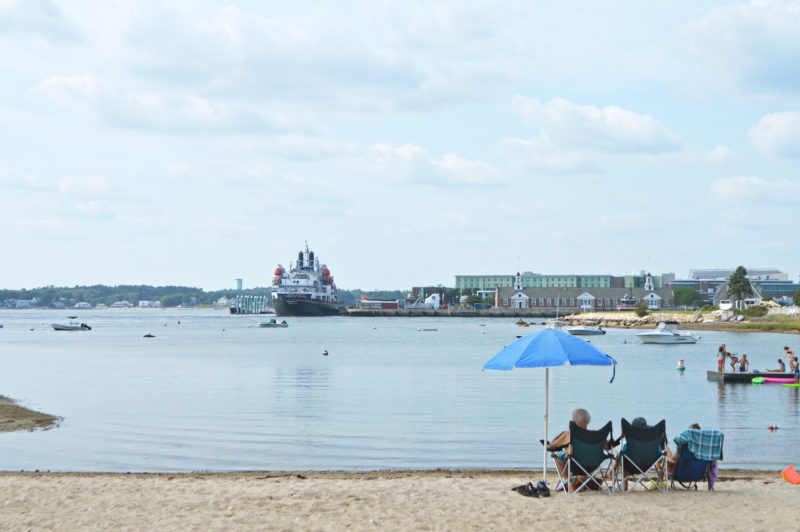
Beachgoers relax with a view of the Cape Cod Canal entrance and the Mass Maritime Academy campus.
The Buzzards Bay Coalition has served as a resource and a convener of partners relating to the Upper Bay Project for five years. As an organization that works closely with towns on water quality issues, the Coalition had heard the wastewater challenges each community seeks to solve and began to explore options that would create economies of scale to generate cost savings and environmental benefits.
The Coalition secured grants for scientific studies and feasibility assessments to explore impacts and benefits of a regional wastewater facility. With the understanding that Wareham’s treatment plant is one of the best in New England, it was determined that there was adequate room to expand the facility but doing so would require a different outfall that could handle the increased capacity from a regional treatment plant.
WHOI determined that the use of MMA’s existing outfall combined with the high level of wastewater treatment from Wareham poses no risk to the fishing or the marine ecosystem in the canal. Importantly, removing the current wastewater outfalls in our shallow coastal waters would combat the effects of nitrogen pollution and work to restore the eelgrass and bait fish nurseries that are a critical piece of the canal and bay’s ecosystem. Please find reports linked below.
The Upper Bay Regional Wastewater Feasibility Assessment
This assessment summarizes all the work completed to date (2016-2021) to determine the feasibility of the project. This summary provides important information each community needs in order to evaluate whether a regional wastewater project is preferred over an individual community’s investment in, and long term management of, its own individual wastewater solutions.
Links
- OP-ED: Upper Bay Regional Wastewater Project would bring profound
benefits to water quality - Assessing Impact of Increased Effluent Discharge into CCC WHOI 2017
- Bourne Local Comprehensive Plan 2019
- Buzzards Bay Coalition Water Quality Monitoring in Upper BB 2020
- DRAFT Agreement Establishing Regional Wastewater District 2020
- DRAFT Legislation Establishing a Regional Wastewater Partnership 2020
- Green Seal 2017 Aerial Photographs
- Green Seal Survey 2017 PDF Plots
- Legislation
- Inter-Municipal Agreement Wareham Bourne 2010
- Kleinfelder Technical Memorandum, WPCF Outfall Force Main Feasibility 2021
- MADMF Eelgrass Survey Annual Report 2018-2019
- Marion Projected WW Flow GHD 2017
- Massachusetts Year 2016 Integrated List of Waters
- Projected Wastewater Flows, GHD 2017
- Upper Bay Benthic Report 2020
- Upper Buzzards Bay Fisheries Resource Analysis 2020
- Wastewater Management Plan for Bourne’s Downtown CCC CH2MHill 2012
- WPCF Effluent Force Main Routing Analysis BETA 2020
- Wright Pierce Third Party Review 2020
